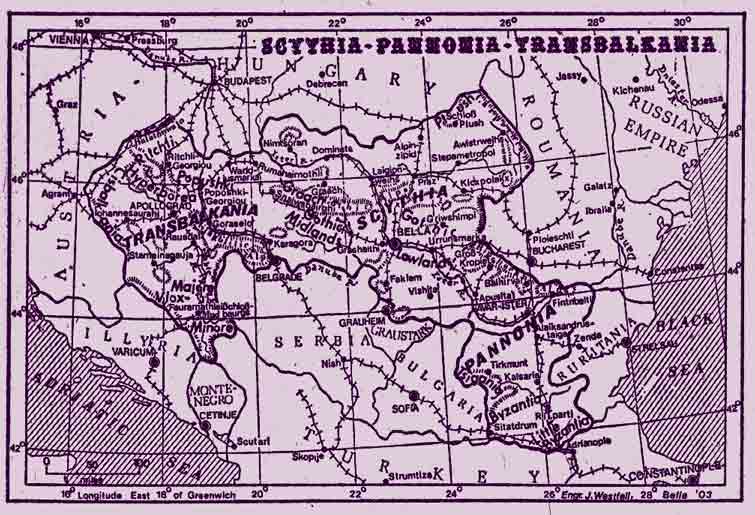Leo Caesius
Banned
Some of Avram Davidson's short stories and novels, particularly the ones involving Vergil Magus, Jack Limekiller (in the British Hidalgo series), and Dr. Eszterhazy (in the Triune Monarchy of Scythia-Pannonia-Transbalkania) definitely fit into the category of AH. Here's a passage from "Polly Charms, the Sleeping Woman":
One of my favorite Davidson stories is "The Slovo Stove," which illustrates a perennial feature of American life - the loss of ethnicity - through the example of two fictitious immigrant groups from the Balkans, the Huzzuks and the Slovos.The third of the sights [of Bella, capital of the Triune Monarchy] not to be missed is at Number 33 Turkling Street; one refers of course, to The Spot Where The Turkling Faltered And Turned Back. (The well-known witticism, that the Turkling faltered and turned back because he could not get his horse past the push-carts, refers to an earlier period, when the street was an adjunct to the salt-fish, comb, and bobbin open-air market. This has long since passed. Nor is to be thought that the fiercest action of the Eleventh Turkish War took place under the bulging windows of Number 33, for the site at that time lay half a furlong beyond the old city wall. The "Turkling" in question was, of course, the infamous Murad the Unspeakable, also called Murad the Midget. It was certainly here that the Turkish tide turned back. According to the Ottoman Chronicle, "Crying, 'Accursed be those who add gods to God!' the valiant Prince Murad spurrred on his charger, but, alas, fell therefrom and broke his pellucid neck..." The Glagolitic Annals insist that his actual words were, "Who ordered this stupid charge? He should be impaled!"--at which moment he himself was fatally pierced by the crossbow bolt of one of the valiant Illyrian Mercenaries. But the point is no longer important.
